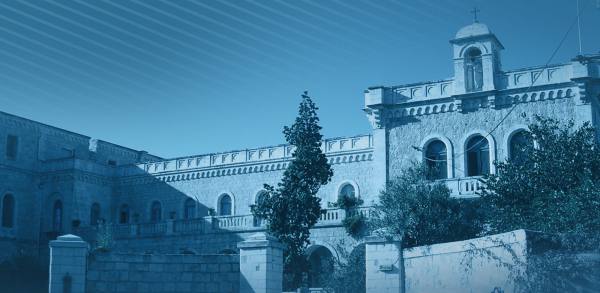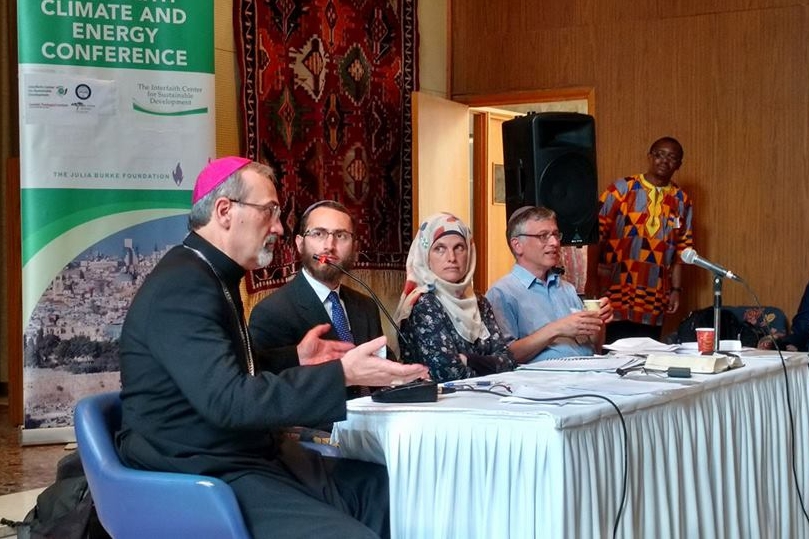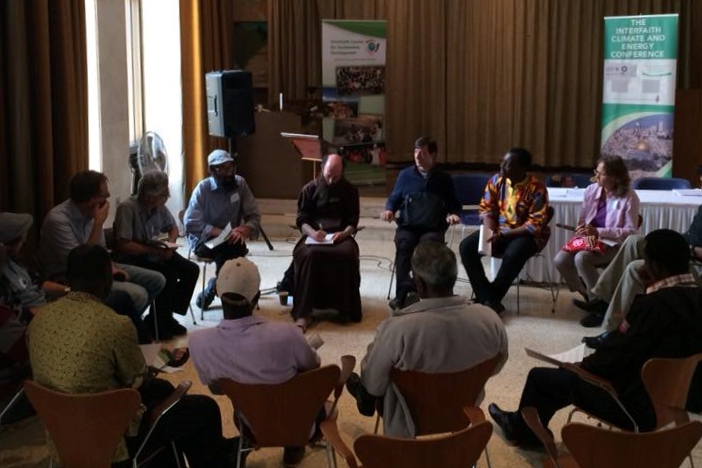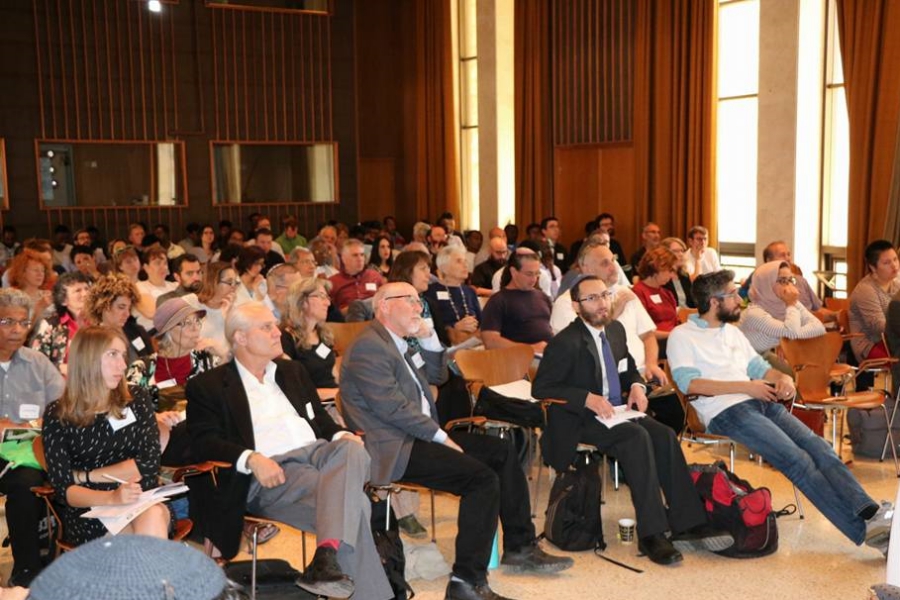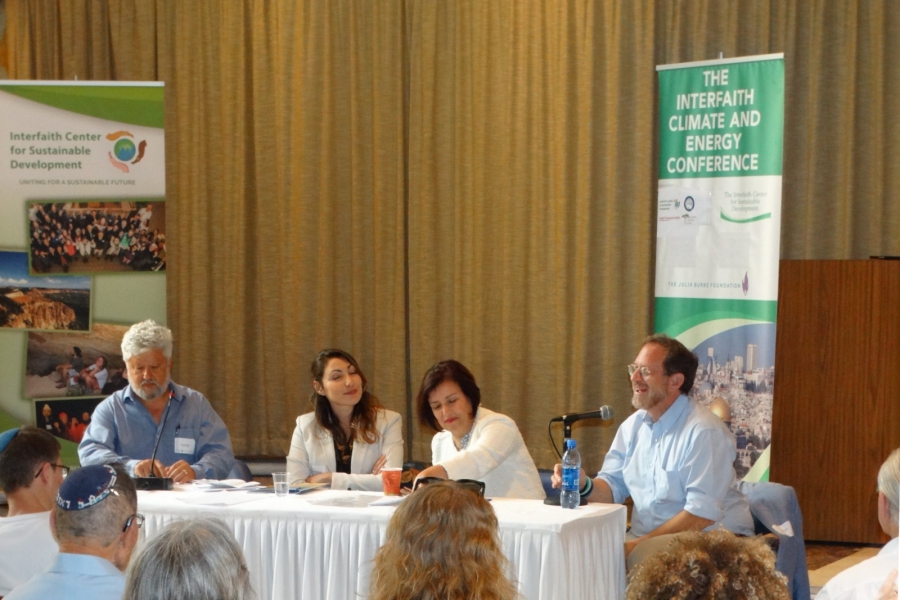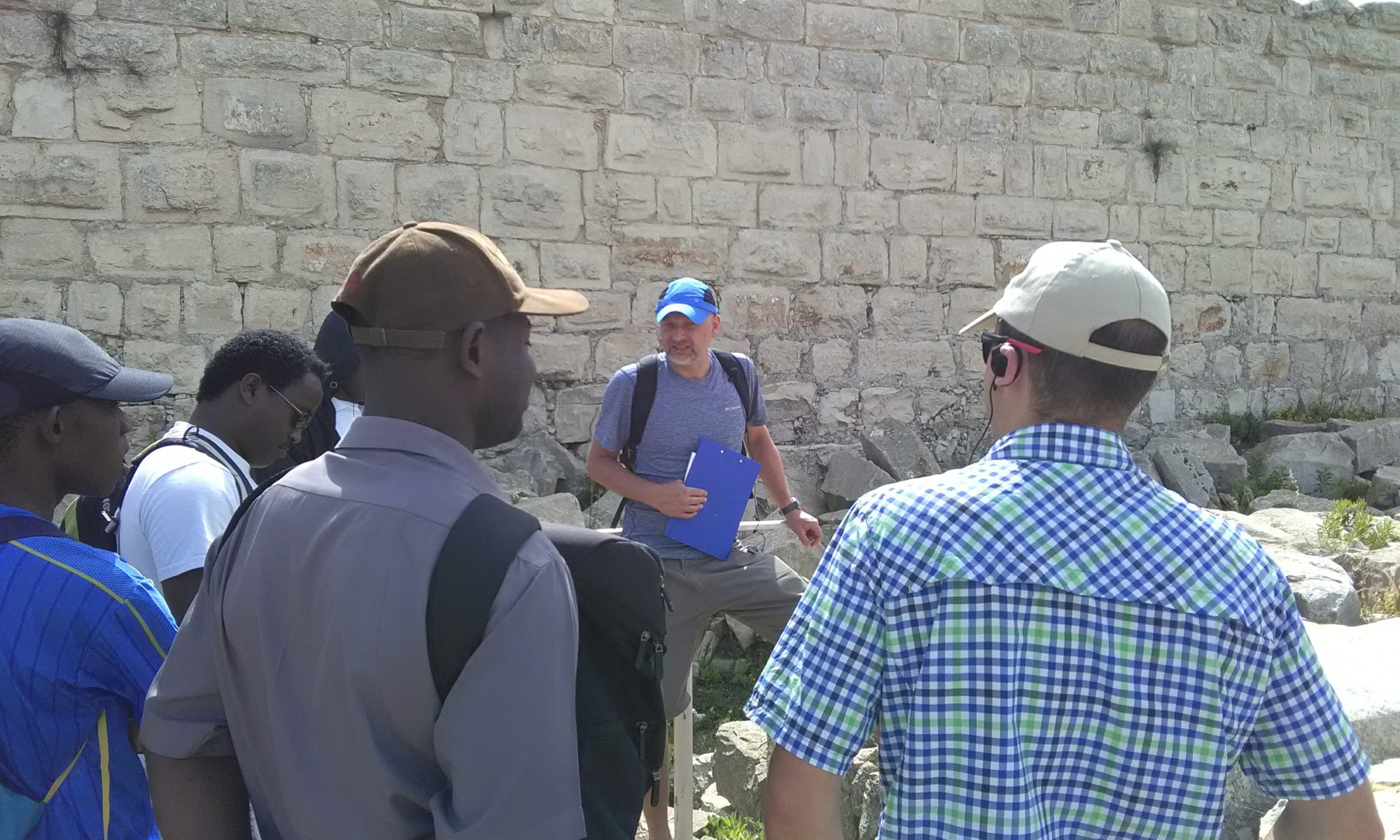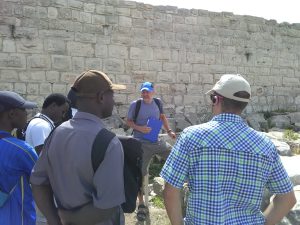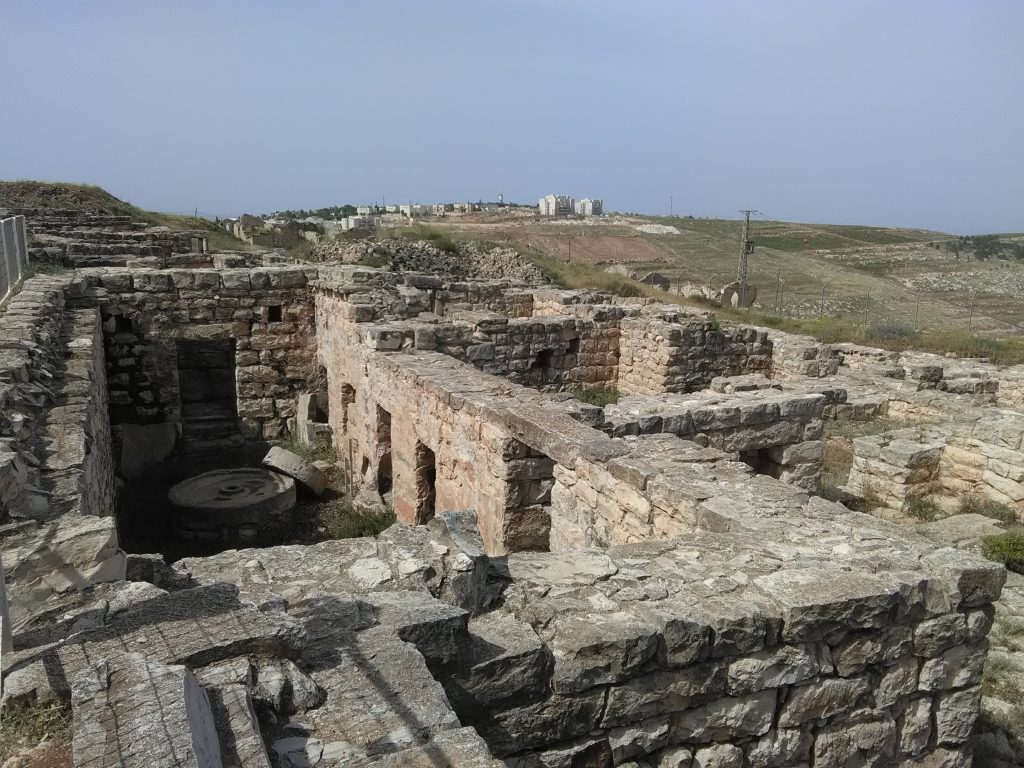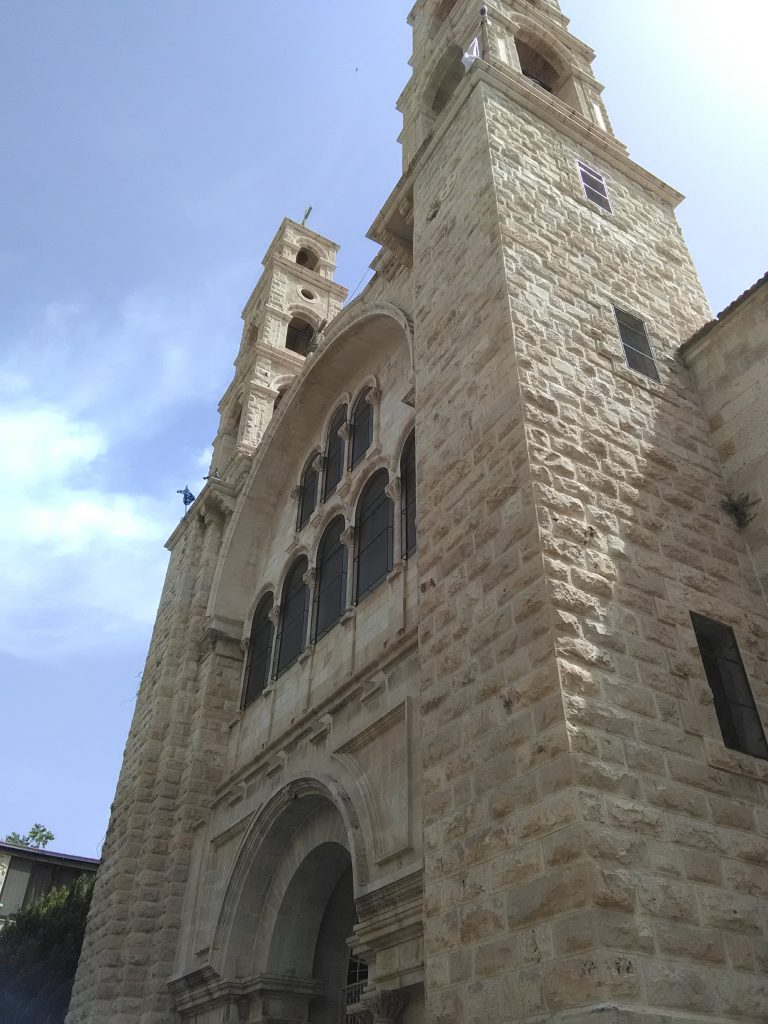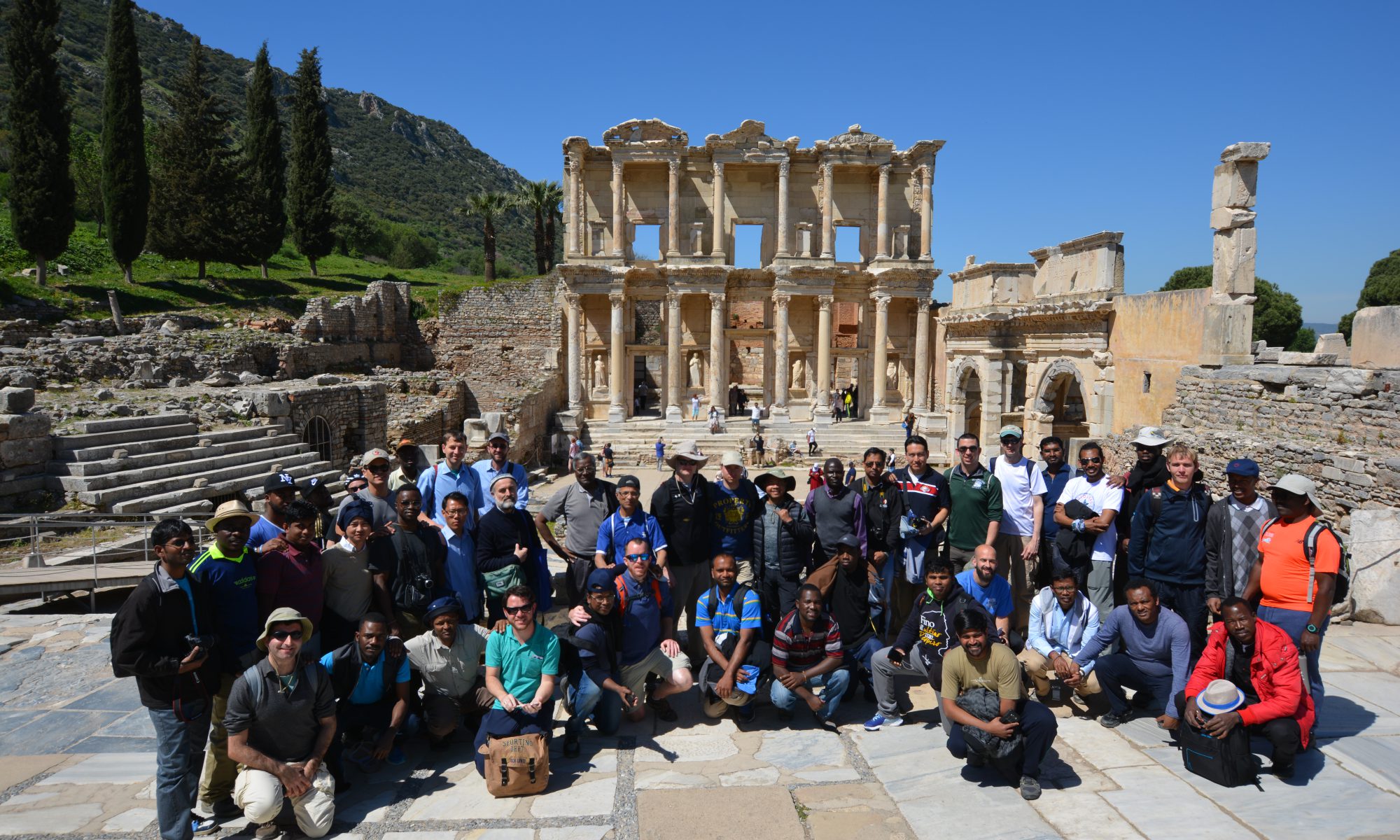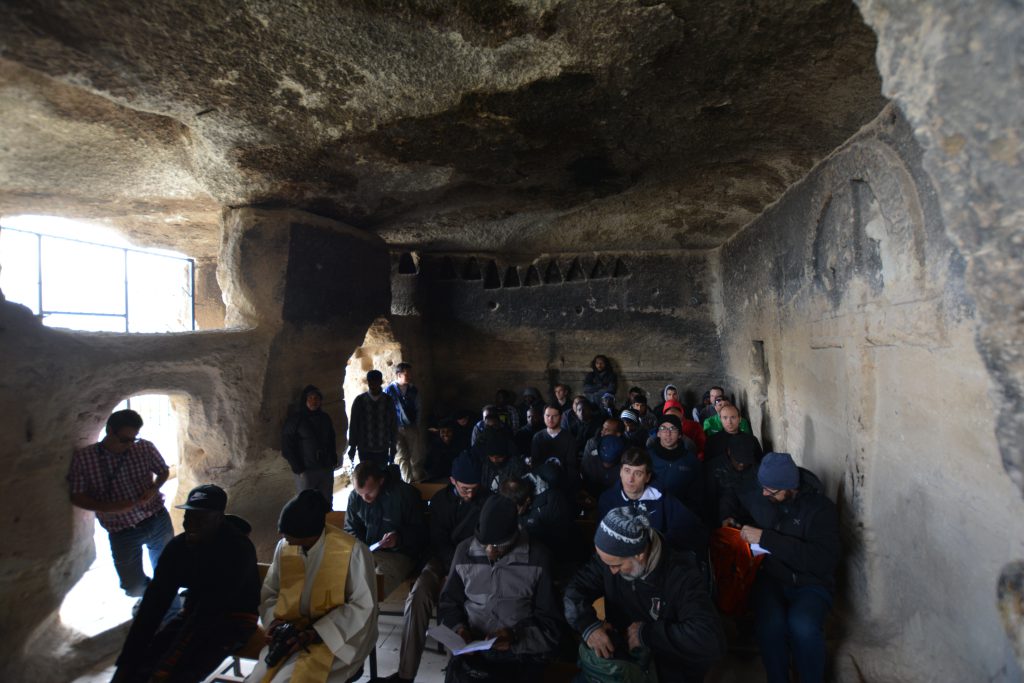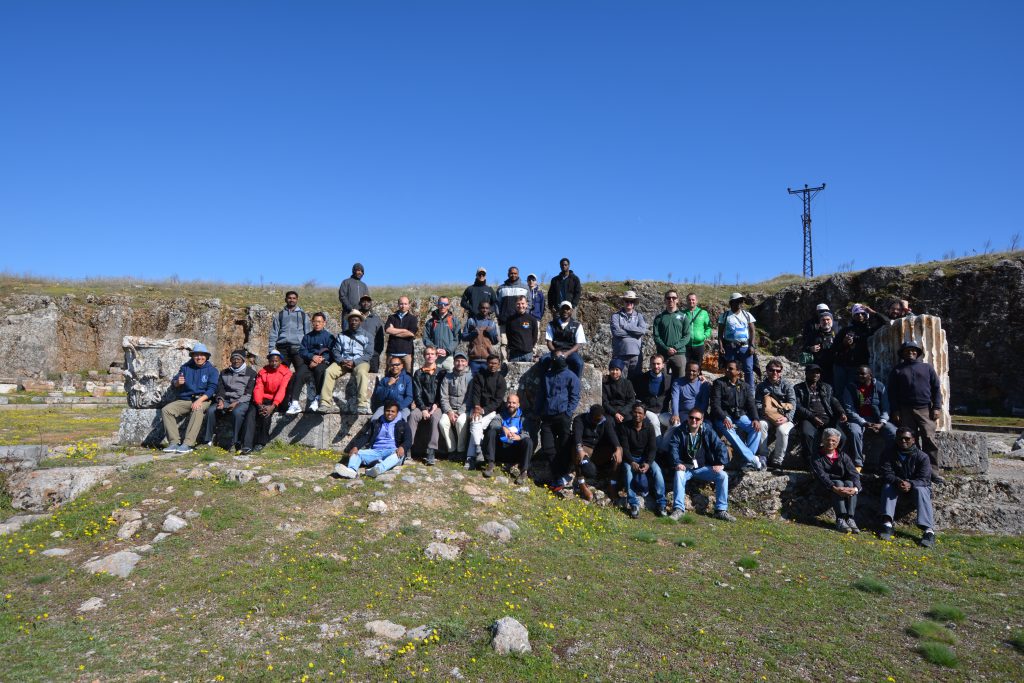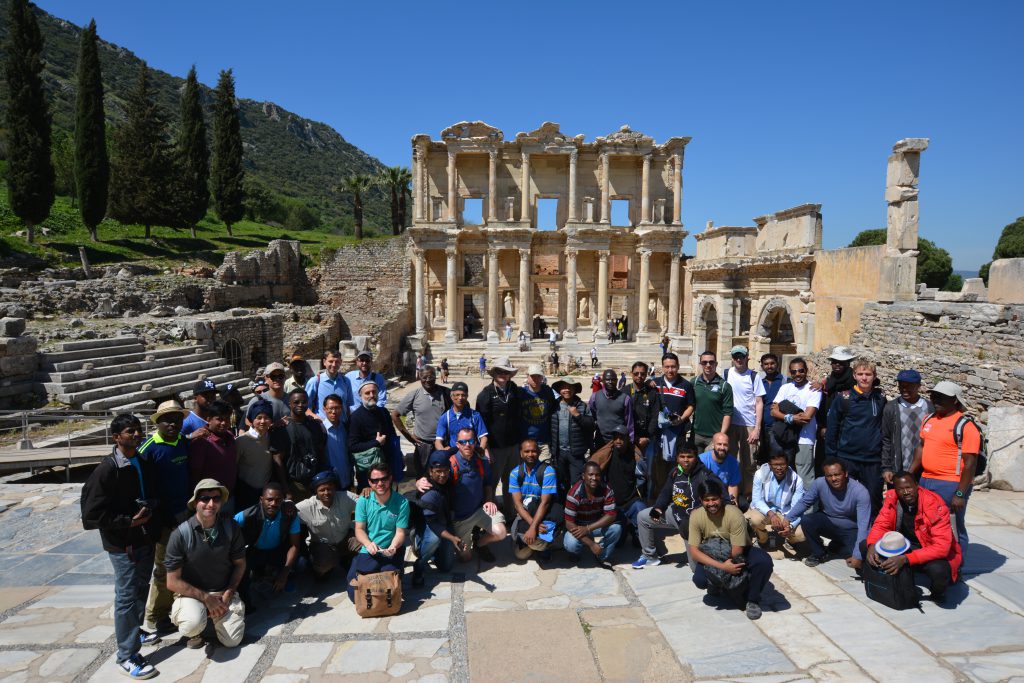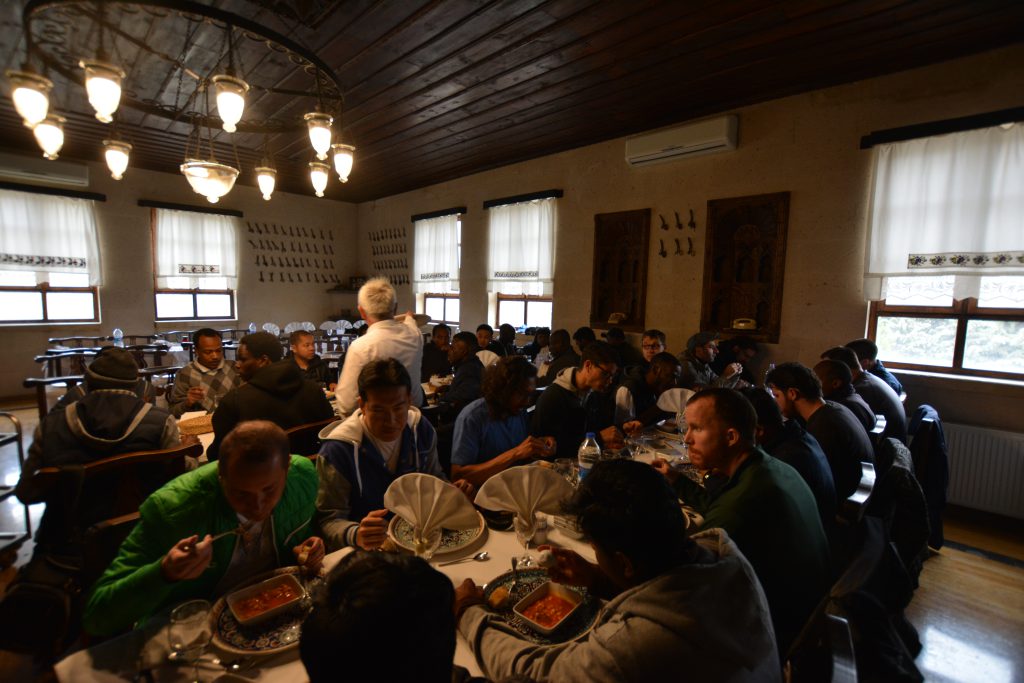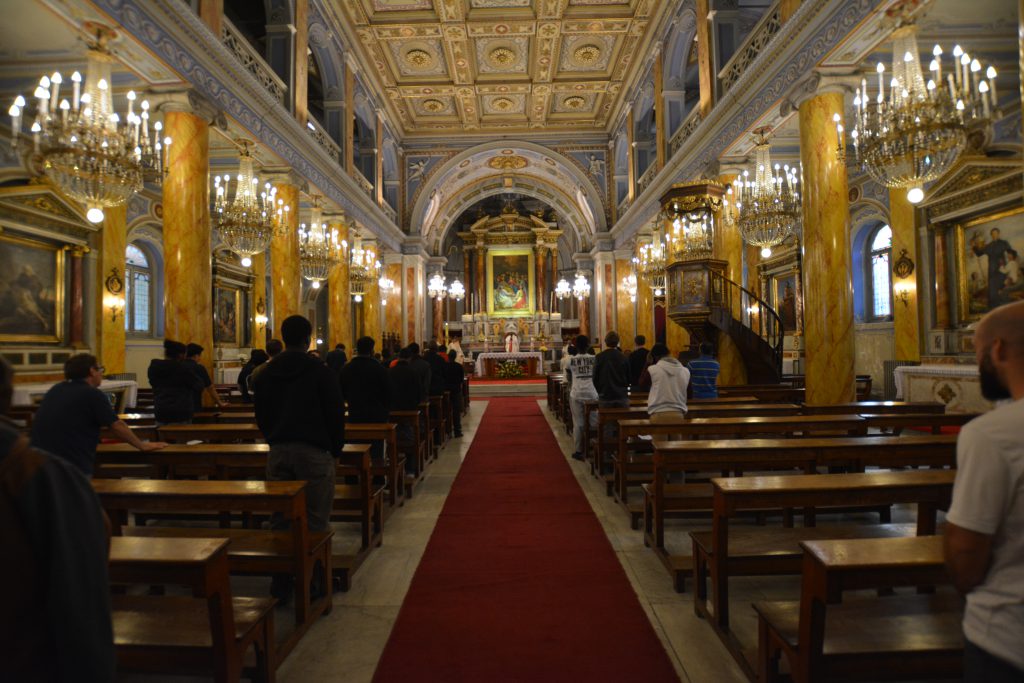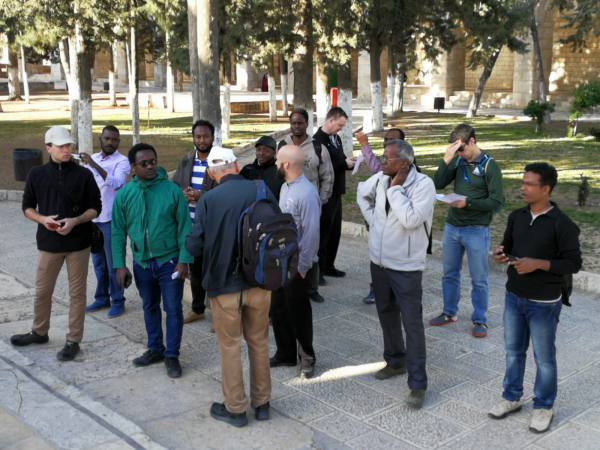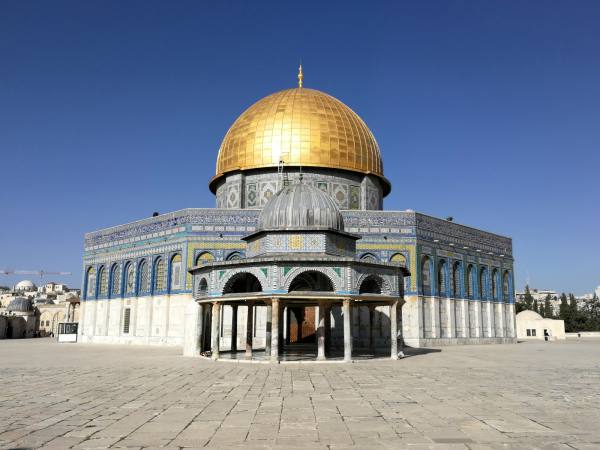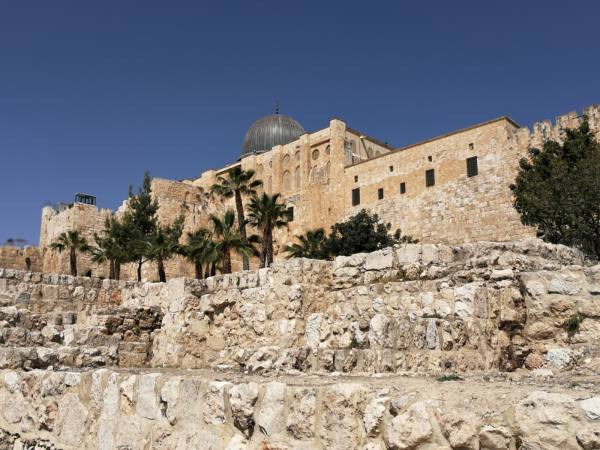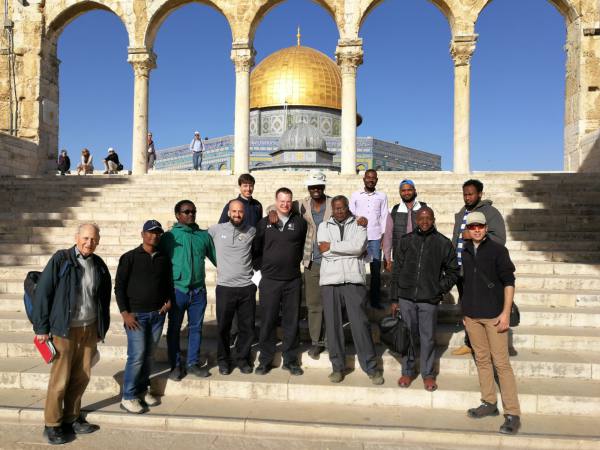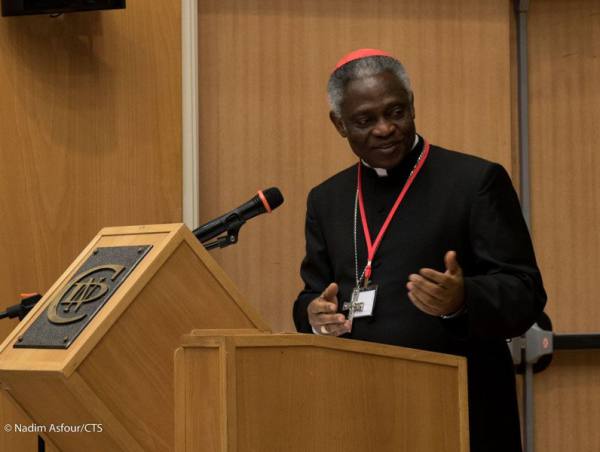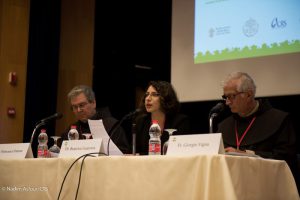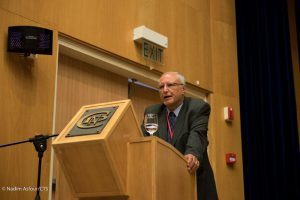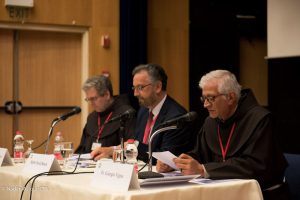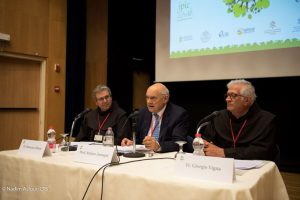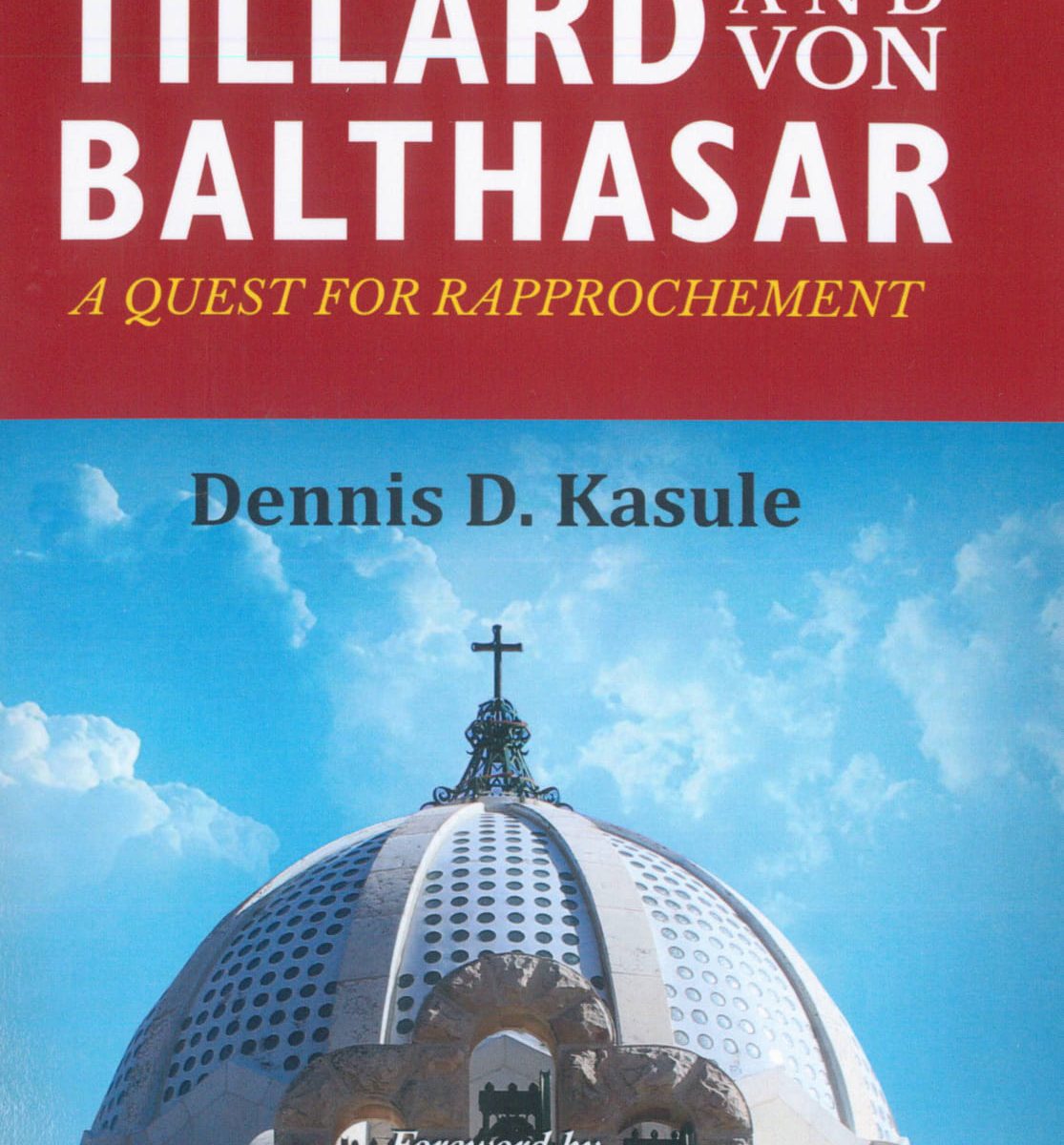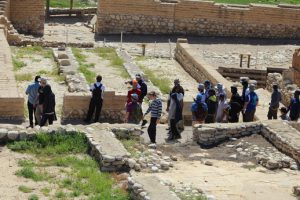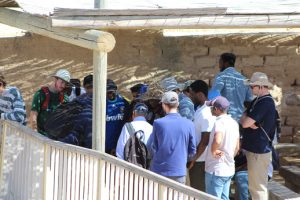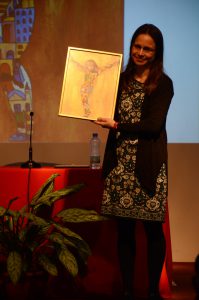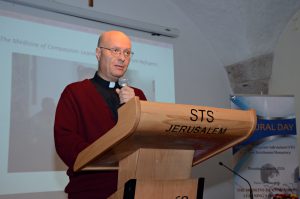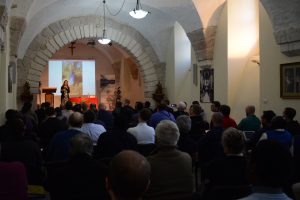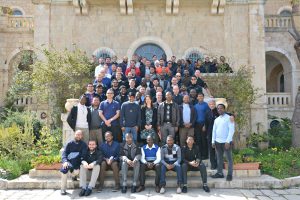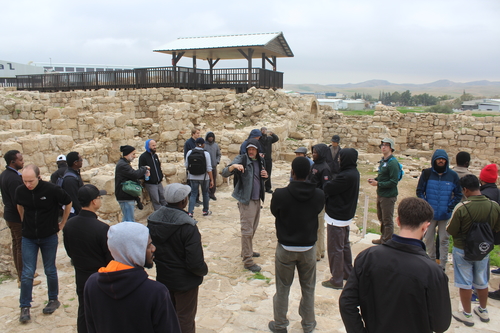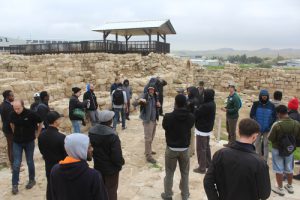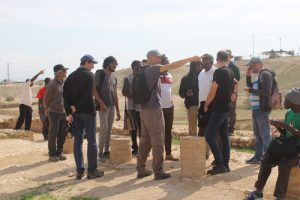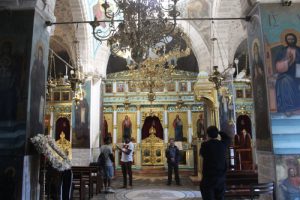May 17 2018 – Studium Theologicum Salesianum – Jerusalem The STS is proud to announce that Fr. Andrzej Toczyski, SDB, Assistant Professor of Sacred Scripture and Biblical Languages, has published his first book, The ‘Geometrics’ of the Rahab Story: A Multi-Dimensional Analysis of Joshua 2. This scholarly monograph was released on May 17, 2018 by Bloomsbury T & T Clark publishers in London, as part of the prestigious Library of Hebrew Bible/Old Testament Studies series. It is based on his 2015 Ph.D. dissertation at Heythrop College, University of London, written under the guidance of Dr. Ann Jeffers.
Fr. Andrzej uses chapter 2 of the book of Joshua, the story of Rahab the prostitute, as an example for examining the relationship between the biblical text and its readers. What linguistic factors within the Hebrew text guide the reading process? How have successive generations of readers influenced one another’s interpretations? How can the power of storytelling (an under-appreciated dimension of the Rahab story) provide grounds for inter-cultural dialogue in our postmodern world?
By approaching the text from a number of different perspectives and combining several exegetical methods, Fr. Andrzej presents a view of Joshua 2 which is truly multi-dimensional, or “geometrical” as the title indicates. This type of fresh approach, which employs methodology precisely and creative ways, characterizes the best of current biblical scholarship. The STS warmly congratulates Fr. Andrzej on this professional milestone which represents a significant contribution to the study of the Bible in the Church and in the academic world.
More information on the text is available on the Bloomsbury Publishing Website.
